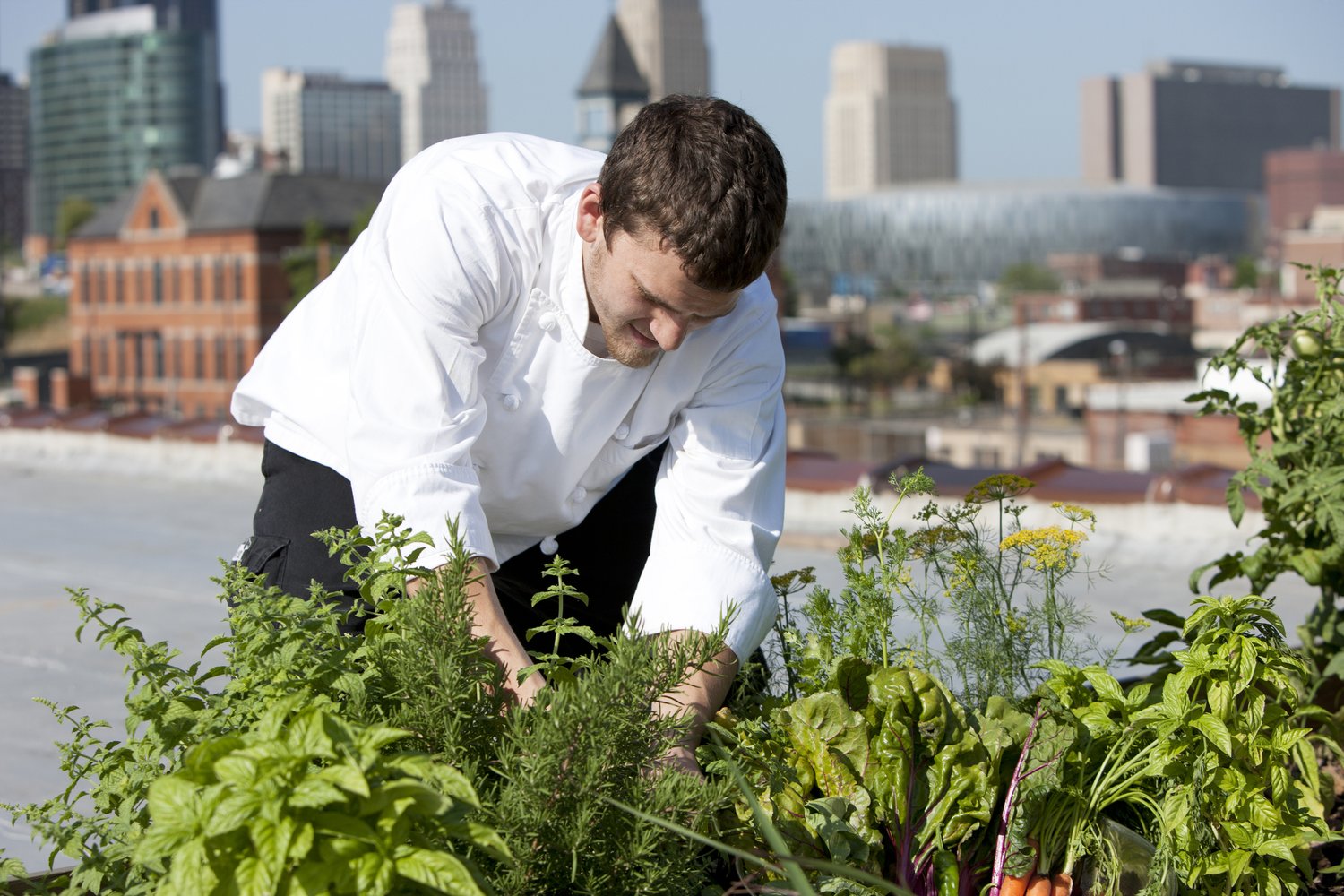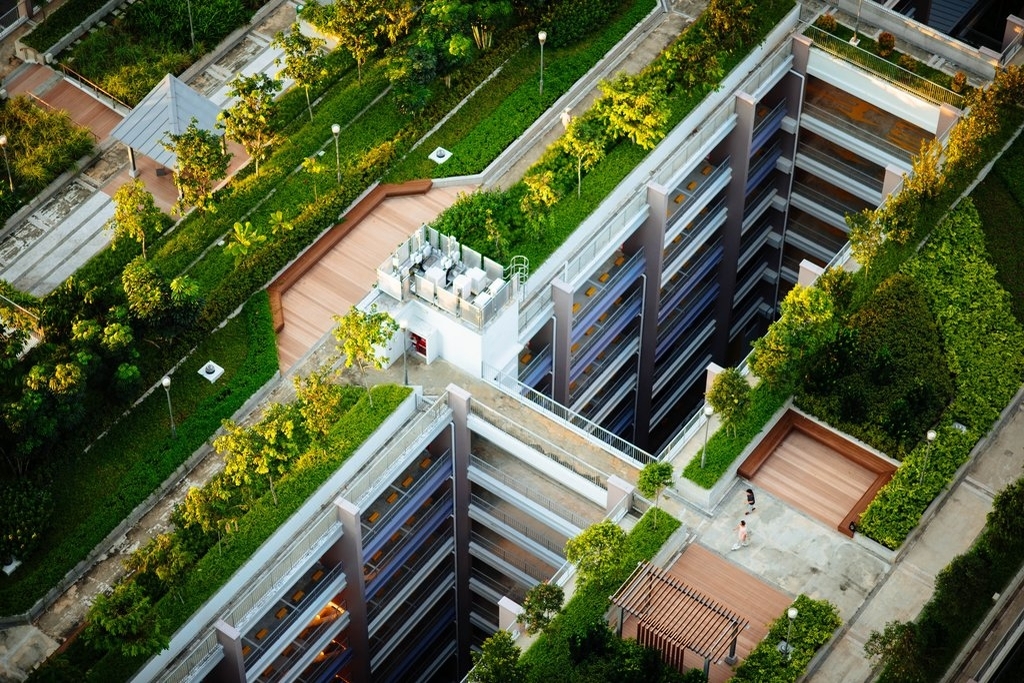The Single Strategy To Use For City Blooming
Table of ContentsCity Blooming Things To Know Before You Get ThisCity Blooming Fundamentals ExplainedCity Blooming for DummiesA Biased View of City BloomingThe Ultimate Guide To City Blooming
Intrigued in expanding food for sale in the City of Chicago? Below is a checklist of regularly asked concerns concerning the policies and regulations that farmers should take into consideration when planning a city agriculture project.
The zoning change does not change any various other codes managing composting, structure authorizations, buying or leasing City possessed property, business licenses or environmental contamination. There are existing codes that regulate these issues and they continue to be in full result and might be appropriate to your project. Neighborhood gardens are usually owned or handled by public entities, civic organizations or community-based organizations and preserved by volunteers.
Urban farms grow food that is planned to be marketed, either on a not-for-profit or for-profit basis. Because of their business function, urban farms require a company permit. Yes. An area yard is permitted to market surplus produce that was expanded on website if the sales are accessory or subservient to the garden's key purpose described above.
The Definitive Guide to City Blooming
The amount of garden compost product can not surpass 25 cubic yards at any offered time according to the standards in 7-28-715 of the City's Municipal Code. Because the dirt at the majority of new yard websites needs changing, compost, soil, wood chips, or various other materials can be gotten to create or enhance the expanding space.

If a structure permit is needed after that the hoophouse will certainly be taken into consideration an accessory building. You can discover more regarding the structure permit needs by contacting the Division of Structures. The 25,000-square-foot size restriction is intended to avoid a solitary neighborhood garden from dominating a given block or interfering with the block's existing residential or business personality.
The limit does not apply to yards located in Public Open Room (POS) areas. Can there be even more than one area yard that is 25,000 square feet on a solitary block? Fencing is not needed, nevertheless, gardens that have large parking areas may be needed to install fence or various other landscape design attributes.
The Facts About City Blooming Uncovered
B1 & B2 areas require that all industrial use tasks be carried out inside your home. Is fencing needed for metropolitan farms? content Fences may be needed, along with landscape design and screening, for specific auto parking areas and outdoor job or storage space areas depending on area and the certain activity taking place.
Urban ranches need building authorizations and zoning approvals prior to building and construction (indoor plants). Various other types of city evaluation may be needed depending on details structures, tasks, size, landscape design, licensing, public heath and stormwater administration issues.
The Division of Company Matters and Customer Protection can aid establish the particular type of service certificate that's required. Off road vehicle parking is required for the majority of commercial projects in Chicago. The needed number of car parking spaces is based on the number of workers functioning on website and not the square video footage of the growing area.
What Does City Blooming Do?

Yes. An urban ranch can market garden compost material produced on website, nonetheless, the operation must abide by the regulations in 7-28-715 of the Chicago Municipal Code. Yes. Aquaponic systems are permitted indoors on urban farms in lots of zoning districts. Nevertheless, a zoning testimonial and building license is needed in order to install structures or systems and a company certificate is called for as explained over.
As much as five hives or colonies of honey may be maintained as an accessory use. Beekeepers have to register with the Illinois Department of Farming. For more details concerning the proposed zoning amendment you may speak to the Department of Housing and Economic Development, Bureau of Planning and Zoning at 312.744.8563.
, which takes place in country areas at the edge of suburbs.
The Best Guide To City Blooming
It can include an activity of natural growers, "foodies" and "locavores", that seek to form socials media based on a shared values of nature and community holism. These networks can establish by method of official institutional support, coming to be incorporated into neighborhood town preparation as a "transition community" movement for sustainable city advancement.
In either situation, the more direct access to fresh veggie, fruit, and meat items that may be know with urban farming can boost food safety and food safety and security while lowering food miles, leading to reduced greenhouse gas discharges, thus adding to environment modification reduction. Several of the very first evidence of urban agriculture originates from Mesopotamia.